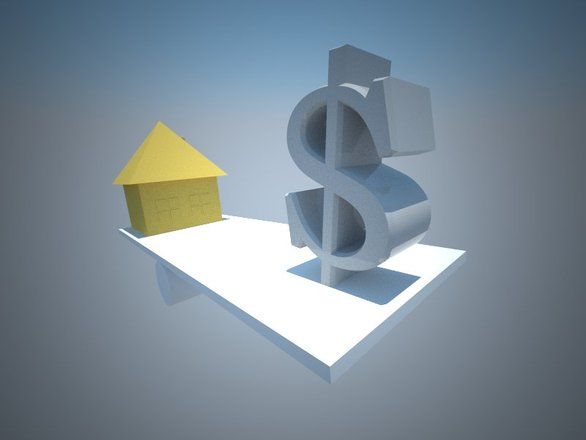
Using language precisely not only helps us communicate with others, it deepens our own sense of what we mean to communicate. Three financial terms that mean very different things, but you hear used interchangeably, can cause confusion that costs us money. Namely the three financial terms we explore in this blog: investments, costs, and expenses.
In brief, investments imply a direct relationship from dollar-to-dividend. Costs, as in “the cost of doing business,” refers to the outlay necessary in order to add value to a product or service. And expenses mean spending money without a direct recompense. It pays to unpack each term and understand clearly what you’re really doing when you take money out of your wallet.
Investments
The most abused of the three basic financial terms applied to the use of money comes with the word “investment.” I have heard this wise-sounding expression applied to expenses such as new trucks, vacations, and fancy shoes. These things–and in fact most of what we spend money on–sadly, do not qualify as investments.
When you invest money, you expect a direct and competitive rate of return, such as you may obtain through real estate or the stock market. The best analogy for an investment comes with agriculture. You plant seeds and these “investments” grow into cash crops.
By definition depreciable assets, those things you buy and lose value, such as vehicles, clothing, and furniture, do not represent investments–even when a necessary expense.
When you set up a business, you may buy trucks, desks, and work tools, but these are considered “capital expenses,” and not investments. They do not grow in value. Unlike seeds, which turn into cash crops, expenses, even necessary ones, including tools and equipment, eventually become rummage sale items at best.
This is why investors do not put money into a business to buy basic equipment and supplies, or even to pay salaries. Investors put money into ideas, business plans that promise profits, and new technologies that will reap attractive financial returns–one dollar in, two dollars out.
On the other hand, a lender–something very different from an investor–may consider your need for money to buy a new tile saw or truck and lend it to you, because he believes you can pay the loan back with interest.
An investor looks for growth in proportion to the risk taken. A lender simply wants to know you have the financial ability to service the monthly payments. Lenders do not make investments, they make loans.
When you buy real estate as an investment, you make the investment and may borrow money to make it so. If the real estate appreciates, you reap the rewards. If it does not, you still have to pay off the loan.
Never confuse your trucks, tools, computers, software, and office furnishings as investments. They may be necessary to run your business, but they don’t make you money.
Costs
The term cost, as in the “cost of doing business,” seems a more straightforward concept than investment, but “cost” is also a term often misunderstood. In accounting, costs refer to the financial elements that go into a service or product. In construction, accountants refer to “direct costs” as the money expended on labor, material, subcontracts, permits, architectural fees, and other necessary components that produce the product you sell, be it a house, room addition, or new kitchen cabinets.
Although your truck and tools are needed to get the job done, they are not considered “costs” unless directly consumed in producing the finished product. As such, your Skilsaw may not be a “cost,” although your blades, which are worn-out and discarded during framing, would be considered a direct cost. Hammers are not a cost; nails are a cost.
Costs, presumably, are what you base your markups on. These costs should be very similar to what other construction companies must calculate when bidding on the same project, if the project specifications are equal. But there’s another markup that burdens your price, and this is overhead-or what an accountant would consider “expenses.”
Expenses
Some expenses are necessary, others are not. Some represent basic needs, some make you more efficient and able to do more work with less people, other expenses are just that: Money you spent.
Everything that is not a direct cost of producing what you sell is considered an expense. Tools, trucks, paper and even you, if you drive around looking at the jobs, talking to the customers, and never drive a nail, your salary is a company expense. You – as unique and essential as you are – would be considered by an accountant as a burden on the bottom line.
Expenses are what you look to trim when it comes time to put the company on a diet. You trim the office rent, by moving the office back into your basement. You get a new cellphone plan to reduce utilities. You take a bag lunch to eliminate the expense of eating out. You reduce office staff, and buy cheaper stationary. You get rid of none essential expenses.
Not everyone agrees with reducing overhead to the bare bones, some remodelers “invest” in their public image. Hotels do it with impressive lobbies. Restaurants do it with fancy dining rooms. Many businesses believe that projecting a wealthy public image attracts customers, and it may. But it’s hard to gauge how much of this sort of expense relates directly to the bottom line. I use a simple formula (since construction is not really a public-image business) that’s based what I really need to get the job done.
For example, owning a truck may very well represent a necessary expense, and the IRS allows you to write-off the amount you spent. Yet not every penny of that beautiful truck is truly “a cost of doing business.” If I need a work truck to transport employees, tools and materials to the jobsite, I can handle this task with a reliable, fuel efficient vehicle. Say the cost of basic, reliable truck is $30,000. Then that’s the amount I would apply on the books toward my business “expenses.”
Should I decide that I want a better looking truck, with more comfort, nice rims and a killer sound system, and I spend (not invest) $60,000 to get it. Then, armed with a clear understanding of financial terms used accurately, I know without self-delusion that just I blew a $30,000 advance on my future profits to parade my vanity. So let’s hope I have a very good year.
Fine Homebuilding Recommended Products
Fine Homebuilding receives a commission for items purchased through links on this site, including Amazon Associates and other affiliate advertising programs.
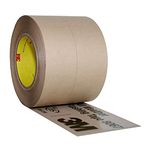
8067 All-Weather Flashing Tape
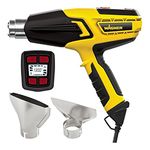
Handy Heat Gun

Affordable IR Camera
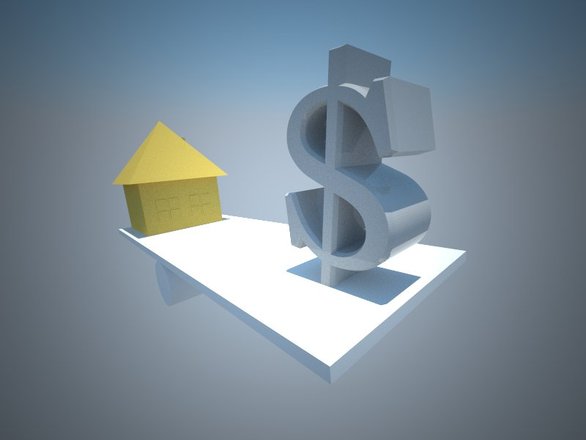
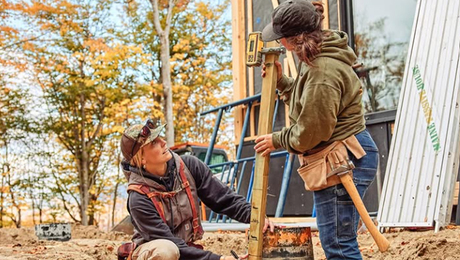












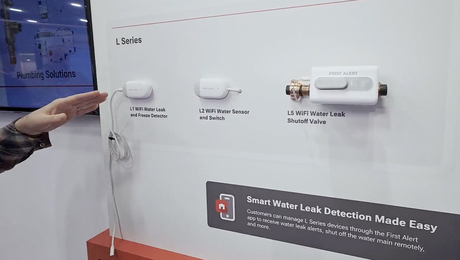













View Comments
BINGO!!!!
I think this post is so right on. Over and over I have seen builders pour money down a drain of their own making. Perhaps without quite realizing what they are doing, they choose what is really personal consumption, calling it business investment, over the kind of real investment that brings financial independence and makes a financially secure retirement possible.
Your example of the pick-up truck says it all.
I have seen too many of my peers head into their later years quite strapped financially because they did not grasp, or at least did not act on, the cost/expense/investment distinction you so clearly lay out.
I hope some younger people will read your post, take it to heart, and head on their way toward a better future.
In my opinion, for whatever it is worth, financial independence beats the heck out of having a lot of stuff -- even fancy stuff, even a fancy office, yard, and truck.
-- David Gerstel --
Right, these terms need to be used with some precision — and this article does not. Just checked with my brother, a CPA for a major builder, and Ruiz does not have a clear understanding of expenses and costs — which are effectively interchangeable terms. There are at least 3 categories of costs. Cost of materials that go into the building (like nails, masonry, and lumber) are one category. Cost of labor is another according to the IRS and to basic economic theory. Costs of tools, fuel, vehicles, computers, survey instruments, and insurance etc. are indirect COSTS (overhead as he says) that might carry over from job to job. His example of hammers and Skilsaws is wrong: they are an (indirect) cost/ expense that get used up, broken, or lost; they get consumed producing the job just like nails do even though such tools may last for more than one job. Ruiz states the accounting definition of "direct costs" (labor and materials) without giving us the complimentary term of "indirect costs" — what he wants to label as "expenses". The bottom line: costs = expenses but we agree they are not investments. And we agree all costs — both direct and indirect — need to be controlled if you want to be profitable. PS: I do recommend Ruiz's book on building affordable housing.
Thanks for writing, "user". I am very familiar with colloquial use of accounting terms in construction, very general ones such as overhead and the use of cost and expense as synonyms. But this leads folks to confusion. As far as it goes, everything wears out. But you cannot "write off" a house as a direct cost, as you would nails, because of the rate of consumption. Hence you depreciate real estate and write off saw blades. You can write off small tools, yes, but would not write off a dump truck. However, while your brother thinks in terms of taxes, I don't. I find it more useful to leverage accounting for business decisions. The subtle differences that exist in terms helps me think more clearly about what I am doing, regardless of how the IRS views my costs and expenses.
For example, cost accounting, by definition: The accounting focused on determining the cost per unit of a manufacturer in order to value inventory and cost of goods sold. It is also used to determine unit costs of items processed in service businesses, such as construction. This is a dictionary definition, and why I say costs have to do with those materials, labors and tools "consumed" in the building process--in ONE building process. And expenses are associated with the main activity of the business, either those commonly referred to as operating expenses, or expenses associated with a peripheral activity, or nonoperating or other expenses.
Expenses relate to overhead—yes, but not necessarily. My point is to look at your expense category, especially the nonoperating expenses to find where you are just "spending money" versus running your business. In fact, it's in the "other" or nonoperating expenses that IRS auditors look first to find fraud.
My definitions are not incorrect, and neither are you brothers. But I find it useful to view accounting as more than tax preparation, which is precisely how many builders end up confusing personal spending, such a truck leather seats, with business expenses. "I can write it off," does not mean it's a business expense.